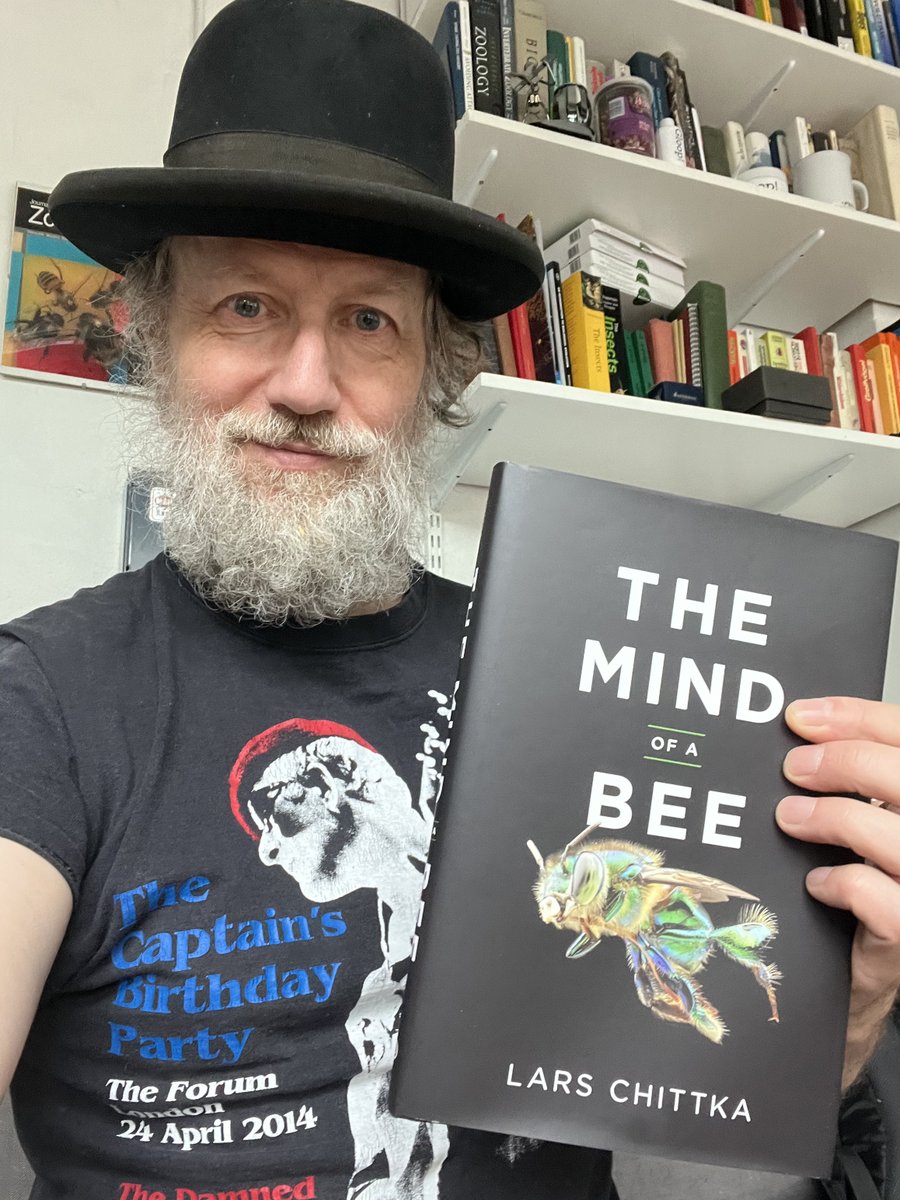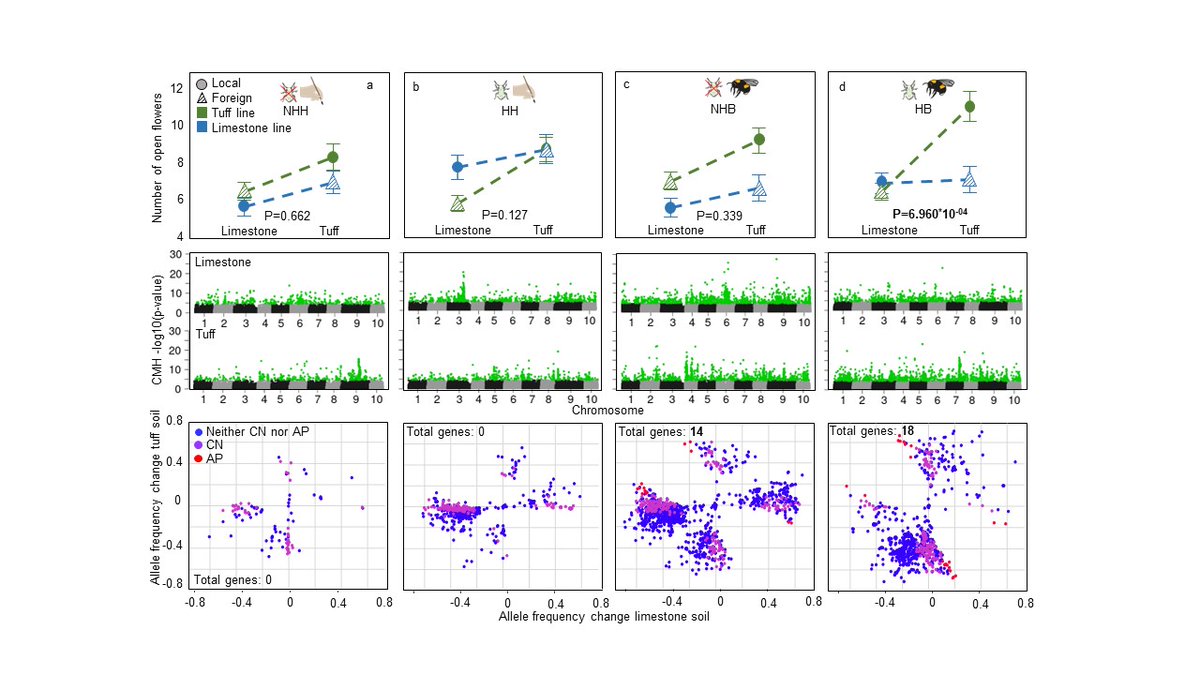
Markus Knaden
@mknaden1
Neuroethologist working @MPI_CE
ID: 3360285700
http://www.ice.mpg.de/ext/index.php?id=627&L=0#header_logo 05-07-2015 09:14:00
36 Tweet
270 Followers
45 Following





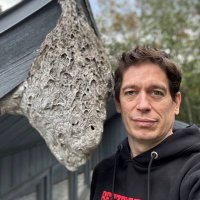
New paper in Current Biology by Anindita Brahma, Dominic Frank, Daniel Hejazi Pastor, and Patrick Piekarski Rockefeller University. We discovered that ants use a wild “new” mechanism to regulate gene expression at large tandem arrays of odorant receptors (1/7): authors.elsevier.com/sd/article/S09…









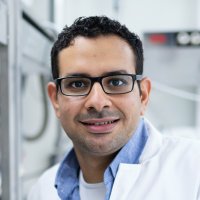
Better late than never! I'm happy to share our analysis of pheromone amounts in 99 drosophilid species. A big thanks to Melissa (decline to use X), Markus Knaden , and Bill Hansson for their contributions Max Planck Institute for Chemical Ecology! biorxiv.org/content/10.110… ( Image generated by AI ) 1/3
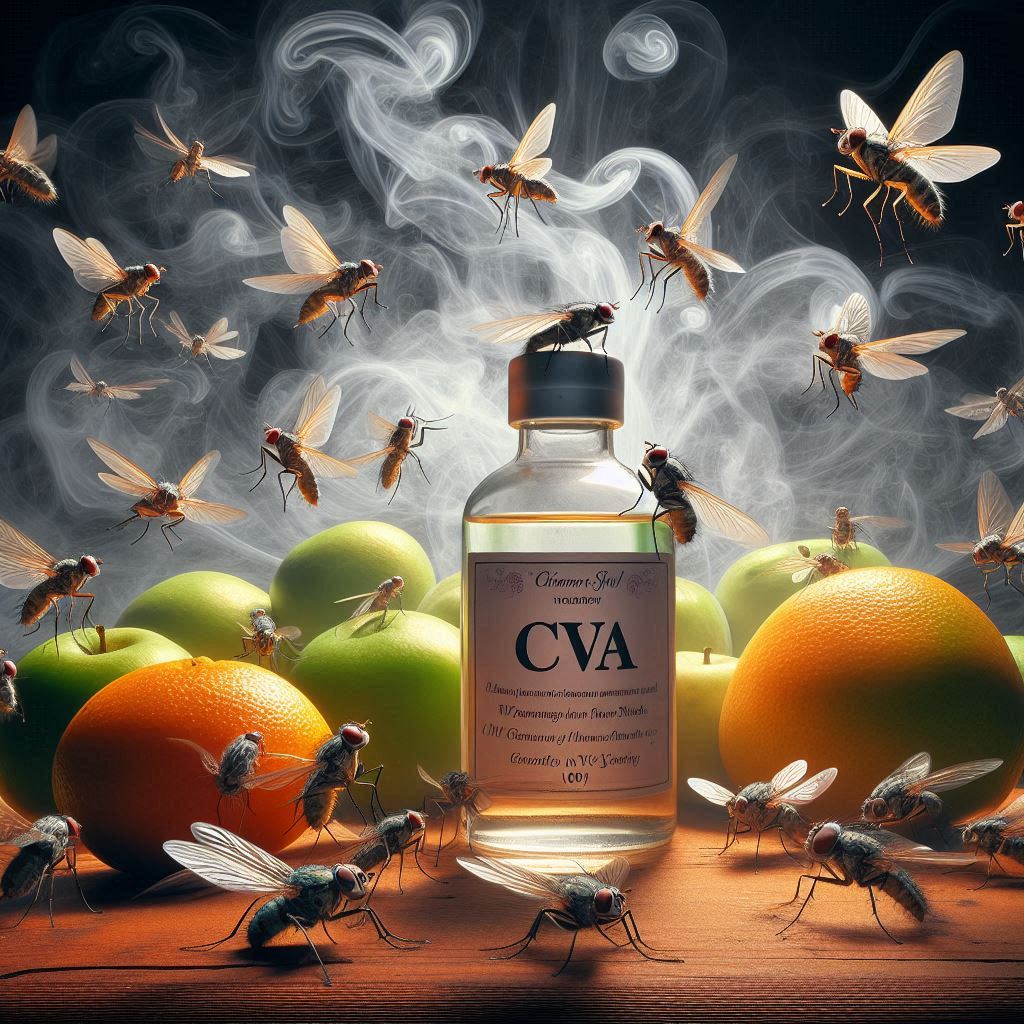





Excited to bring our naked mole-rats from Manx Neurobiologist lab into the chemical ecology course Max Planck Institute for Chemical Ecology ! Proud to join as an instructor. Registration is open; more info: events.gwdg.de/event/1003/

